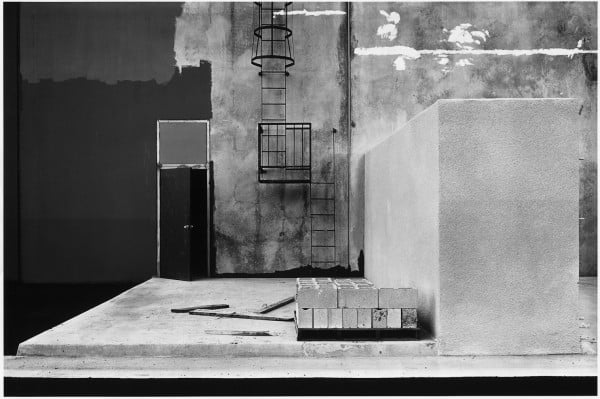People
American Landscape Photographer Lewis Baltz Is Dead at 69


Sarah Cascone

Lewis Baltz, an American landscape photographer who helped lead the New Topographics movement of the late 1960s and early 1970s, died November 23, 2014, reports the Washington Post. Age 69, he had been suffering from a long illness.
Through his work, Baltz helped expand the definition of landscape photography. He was one of a group of photographers who contributed to the 1975 exhibition “New Topographics: Photographs of a Man-altered Landscape,” held at the George Eastman House in Rochester, New York. A major departure from traditional American depictions of the landscape, such as those of the Hudson Valley school, the show’s photos presented stripped down, minimalist views of the country.
Born in Newport Beach in Southern California in 1945, Baltz received a degree in fine arts from the San Francisco Institute of Art in 1969, and an MFA from Claremont Graduate School, California, in 1971. Since 2002, he has taught photography at the European Graduate School in Saas-Fee, Switzerland.
Baltz’s photography often explored urban sprawl as it encroached on the suburbs, and the impact of humans on the landscape through practical yet dull architecture such as parking garages, factories, and offices. Eschewing tendencies to romanticize or idealize the landscape as beautiful, fruitful, or prosperous, he instead embraced the banal, highlighting destruction and desolation in his photos. Baltz is perhaps best known for his 1984 works The New Industrial Parks, Nevada, San Quentin Point, and Candlestick Point.
Though he will be remembered for his black-and-white photographs, presented in grid format, Baltz began working with color photography when he moved to Europe in the late 1980s. His work has appeared in major museums including the San Francisco Museum of Modern Art and the Whitney Museum of American Art.